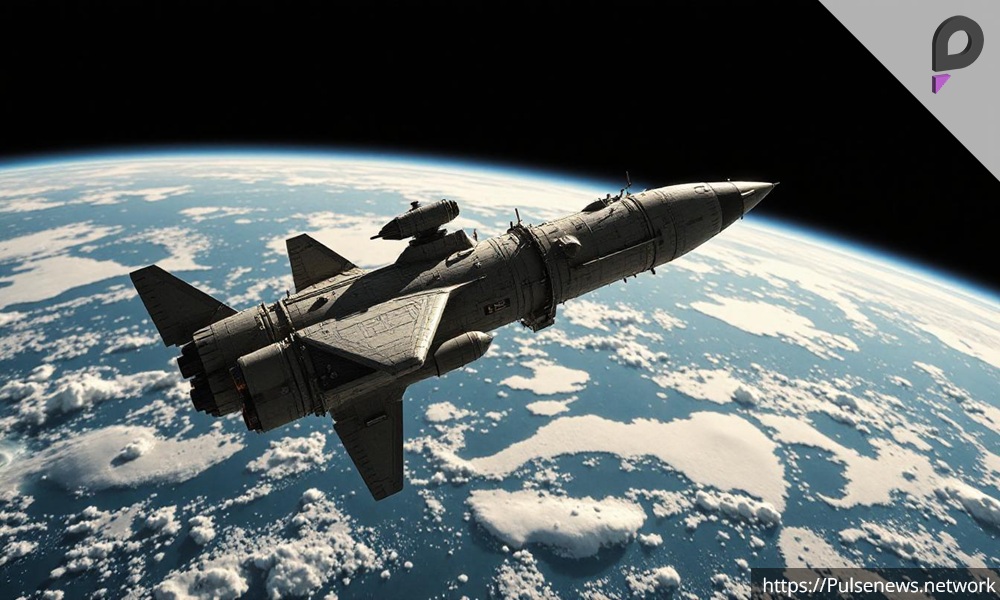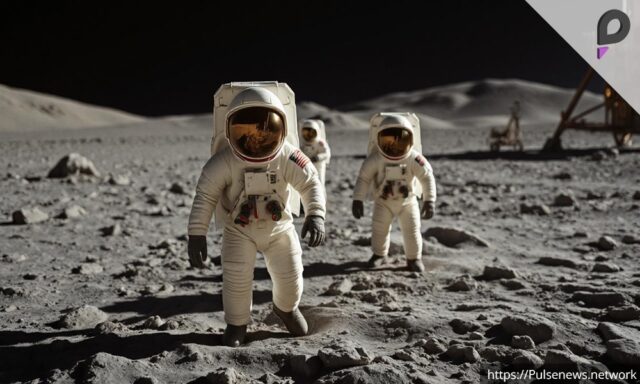The period between 1955 and 1975 marked a pivotal chapter in human history. Known as the 20th Century Space Race, this era saw two superpowers, the United States and the Soviet Union, compete for supremacy in space exploration. This rivalry not only accelerated technological advancements but also captivated the world’s imagination.
The Origins of the 20th Century Space Race
The roots of the 20th Century Space Race lay in the Cold War. Both the United States and the Soviet Union vied for global dominance after World War II. Their rivalry extended beyond military and political arenas to scientific innovation. Space became the ultimate frontier to showcase their technological capabilities.
In 1955, both nations declared their intent to launch artificial satellites into orbit. This set the stage for an unprecedented technological competition that would last for two decades.
The Soviet Union’s Early Triumphs
The Soviet Union gained an early lead in the 20th Century Space Race. On October 4, 1957, they launched Sputnik 1, the first artificial satellite. Weighing 184 pounds, Sputnik orbited Earth every 96 minutes. Its success shocked the world and marked the beginning of a new era in space exploration.
Shortly after Sputnik, the Soviets launched Sputnik 2, carrying Laika, the first living being in space. Although Laika did not survive, the mission proved that living organisms could endure space travel. These milestones gave the Soviet Union a significant advantage in the space race.
America Responds NASA Is Born
The United States viewed the Soviet achievements as a threat to national security. In reaction to the developments of the time, President Dwight D. Eisenhower founded the National Aeronautics and Space Administration (NASA) in 1958. NASA unified various research efforts and focused on space exploration.
The U.S. also launched its first satellite, Explorer 1, on January 31, 1958. Unlike Sputnik, Explorer 1 carried scientific instruments that discovered the Van Allen radiation belts. This marked America’s entry into the space race.

The First Human in Space Yuri Gagarin
The Soviet Union continued to dominate the early stages of the 20th Century Space Race. On April 12, 1961, Yuri Gagarin made history by becoming the first human to journey into space, flying aboard the Vostok 1 spacecraft. Gagarin’s historic 108-minute flight around Earth made him a global icon.
This monumental achievement placed immense pressure on the United States to catch up. President John F. Kennedy responded by challenging the nation to land a man on the Moon before the end of the decade.
The Moon Becomes the New Frontier
President Kennedy’s bold vision shifted the focus of the 20th Century Space Race. Landing on the Moon became the ultimate goal. The United States poured resources into NASA’s Apollo program, while the Soviet Union pursued its own lunar ambitions.
The Mercury and Gemini Programs
Before attempting a Moon landing, NASA conducted two critical programs: Mercury and Gemini. The Mercury program aimed to send humans into space and return them safely. In 1962, John Glenn became the first American to orbit Earth aboard Friendship 7.
The Gemini program built on Mercury’s successes. It focused on spacewalking, docking spacecraft, and long-duration missions. These missions laid the groundwork for the Apollo program.
The Soviet Lunar Efforts
While the United States advanced its lunar plans, the Soviet Union faced setbacks. They developed the N1 rocket for Moon missions, but multiple test failures hindered progress. Despite early victories, the Soviets struggled to maintain their lead in the 20th Century Space Race.
Apollo 11 A Giant Leap for Mankind
On July 20, 1969, the United States achieved the ultimate victory in the 20th Century Space Race. Astronauts Neil Armstrong and Buzz Aldrin became the first humans to walk on the Moon during the Apollo 11 mission. Armstrong’s iconic words, That’s one small step for man, one giant leap for mankind, symbolized this historic achievement.
The Apollo program demonstrated America’s technological prowess and fulfilled Kennedy’s vision. It also marked a turning point in the space race, solidifying the United States’ dominance.
The Decline of the Space Race
After the Moon landing, interest in the 20th Century Space Race began to wane. Both the United States and the Soviet Union faced economic pressures that limited their ability to fund ambitious space projects.
In 1971, the Soviet Union successfully launched Salyut 1, marking the debut of the world’s first space station. Meanwhile, the U.S. shifted focus to the Skylab program, which aimed to study the effects of long-duration spaceflight.
The Apollo-Soyuz Mission A Symbol of Cooperation
The space race came to a definitive conclusion in 1975 with the Apollo-Soyuz Test Project. This joint mission between the United States and the Soviet Union symbolized a new era of collaboration. American astronauts and Soviet cosmonauts docked their spacecraft in orbit, marking the first international human spaceflight.
This mission demonstrated that the two superpowers could work together despite their differences. It also paved the way for future partnerships, such as the International Space Station.
Legacy of the 20th Century Space Race
The 20th Century Space Race left an indelible mark on history. It spurred rapid advancements in technology, from satellites to rocket propulsion. These innovations had far-reaching impacts on communication, navigation, and defense systems.
The space race also inspired generations to pursue careers in science, technology, engineering, and mathematics (STEM). It showed the world what humanity could achieve through determination and ingenuity.
The Cultural Impact of the Space Race
The 20th Century Space Race influenced art, literature, and popular culture. Movies such as 2001 A Space Odyssey and television series like Star Trek vividly portrayed the thrill of space exploration. The race also highlighted the importance of international cooperation in addressing global challenges.
Conclusion
The 20th Century Space Race from 1955 to 1975 was a defining era of human achievement. It transformed the way we view our planet and our place in the universe. While it began as a competition between two superpowers, it ultimately demonstrated the power of science to unite humanity.











